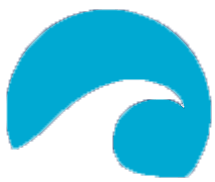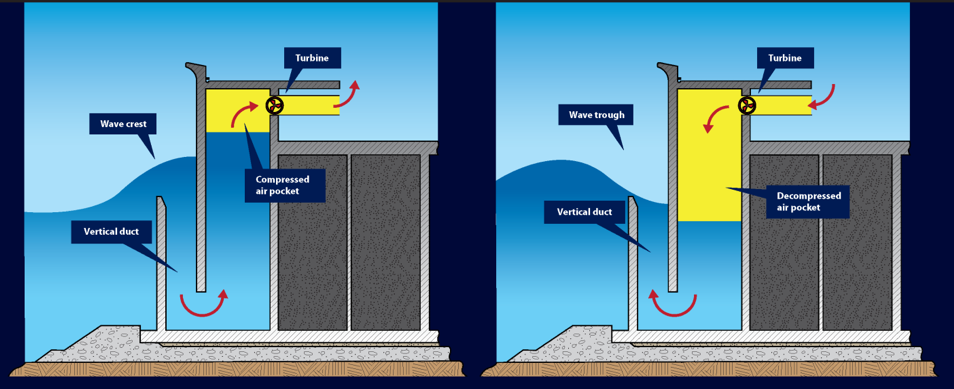WAVENERGY.it S.r.l.

The WAVENERGY.it S.r.l. is a limited-liability engineering company, which was set up in September 2005. The company is at present an academic Spin-off of the “Mediterranea” University of Reggio Calabria, with registered office in Via Francesco Baracca, trav. De Salvo , n. 8/a, 89123, Reggio Calabria (Italy).
The WAVENERGY.it S.r.l. has been established with the purpose to work in the design, maintenance, control, monitoring, and management of:

